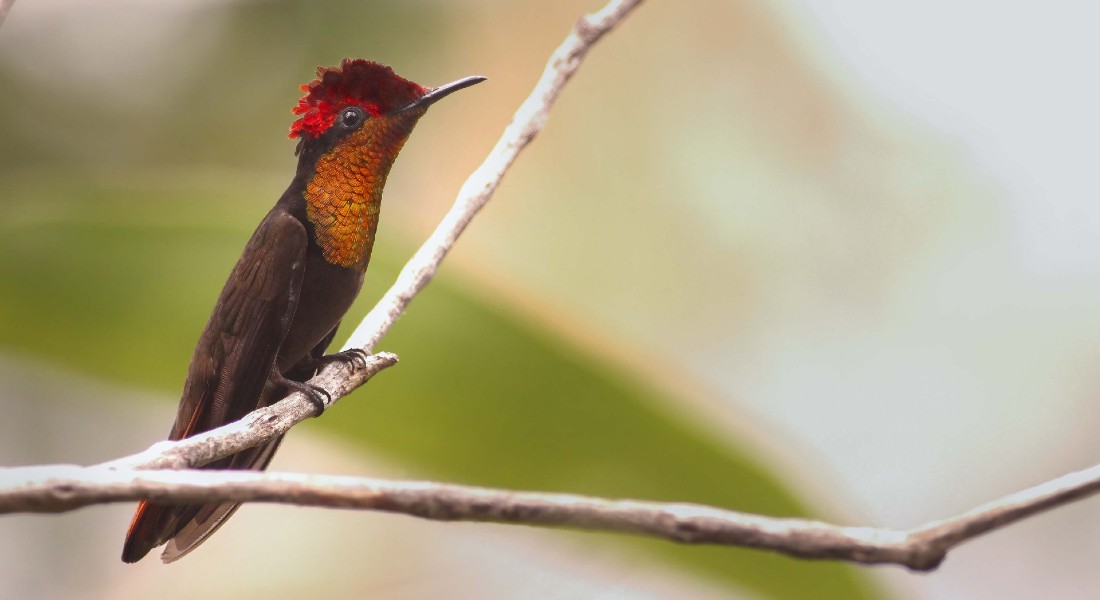New study shows geographic differences in biological communities’ vulnerability to climate change
Climate change causes species to track the changing climate and affects their interactions in biological communities. A new study using large-scale data from plant-hummingbird networks helps to improve our understanding of how biological communities will react to future climate conditions.

In order to understand how species react to the future climate, it is necessary to understand how species interact in biological communities. When climate changes force a species to disperse, the remaining species in the ecological community may lose fitness because of the loss of biotic interactions, especially in communities of mutualistic dependent species such as plants and pollinators.
A new study, led by postdoc Jesper Sonne from Center for Macroecology, Evolution and Climate (CMEC), invetigated global-change pressures on 84 communities of interacting plants and hummingbirds in North America, Central America and South America. The large-scale dataset allowed the researchers to simulate patterns in local extinctions, coextincitions (due to loss of interactions) and colonizations caused by climate changes.
Differences between species and geographic regions
A key finding in the study is that specialized interactions between the plants and the hummingbirds appear to make the biological communities more resistant to disturbances such as climate changes, explains Jesper Sonne, postdoc and first author:
“A specialized species interacts with few mutualistic partners compared to a generalized species. A specialized species might be vulnerable to losing its partners but should be little affected by the loss of other species’ interaction partners. Hence, biotic specialization appeared resilient to climate-driven disturbances at the community scale”.
Another important finding is that some geographic regions appear to be more vulnerable to the loss of biological interactions between species than others. The communities in the Andean mountains appear the least affected by future climate change overall, possibly because of the buffering effect of mountain environments. However, the study also found other interesting differences between regions. For example, the North American plant-hummingbird communities appear more resistant to the loss of interactions compared with communities in lowland South America, explains Bo Dalsgaard, Associate Professor and senior author:
“North America experienced greater temperature variations during the glaciations, while the temperature in South America was comparatively stable. This difference may explain why northern communities are more prepared for global warming, as the communities may have gone through more climate-driven extinction events in the past. In lowland South America, communities have co-occurred longer, making communities more vulnerable to the extinction of key species”.
Understanding species’ reaction to the future climate
The study, which was recently published in the journal Nature Ecology & Evolution, has the potential to help improve our understanding of how species will react to future climate conditions, Jesper Sonne explains:
“This study underlines the importance of integrating biotic interactions when assessing climate change impacts on biodiversity. By considering the climate pressures on the species’ interactions, biological communities seem more vulnerable to global changes than previously anticipated by climate niche models.”
Find the paper “Extinction, coextinction and colonization dynamics in plant–hummingbird networks under climate change” here.
Contact
Postdoc Jesper Sonne jesper.sonne@sund.ku.dk
Associate Professor Bo Dalsgaard bo.dalsgaard@sund.ku.dk
